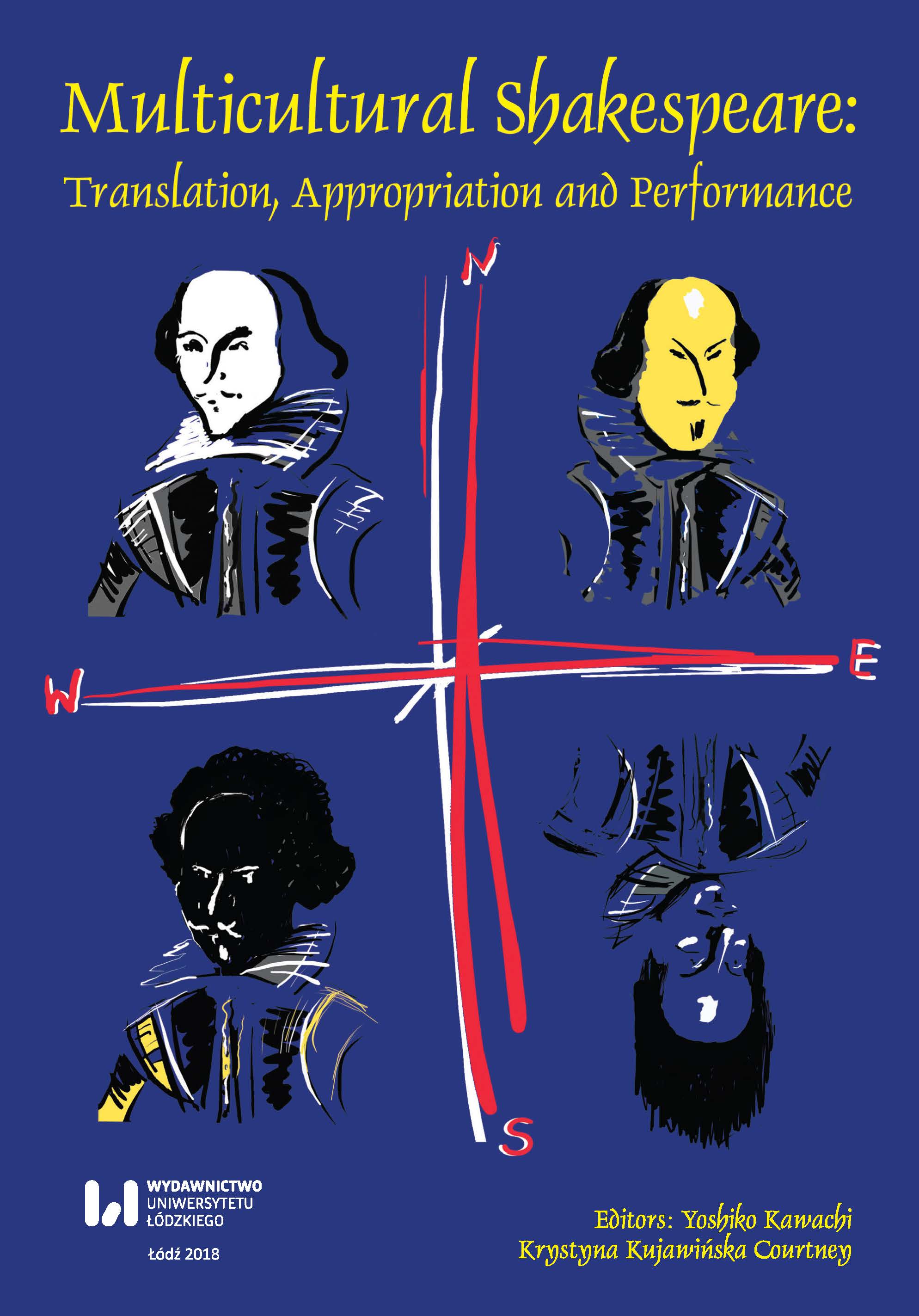What bloody film is this? Macbeth for our time
What bloody film is this? Macbeth for our time
Author(s): Agnieszka RasmusSubject(s): Theatre, Dance, Performing Arts, Studies of Literature, Theory of Literature
Published by: Wydawnictwo Uniwersytetu Łódzkiego
Keywords: Shakespeare; Macbeth; Polanski; Kurzel; mise-en-scène; children; politics; location; conflict; Brexit; ISIS
Summary/Abstract: When Roman Polanski’s Macbeth hit the screens in 1971, its bloody imagery, pessimism, violence and nudity were often perceived as excessive or at least highly controversial. While the film was initially analysed mostly in relation to Polanski’s personal life, his past as a WWII child survivor and the husband of the murdered pregnant wife, Sharon Tate, in retrospect its bleak imagery speaks not only for his unique personal experience but also serves as a powerful comment on the American malaise, fears and paranoia that were triggered, amongst other things, by the brutal act of the Manson Family. We had to wait forty four years for another mainstream adaptation of the play and it is tempting not only to compare Kurzel’s Macbeth to its predecessor in terms of how more accepting we have become of graphic depictions of violence on screen but also to ask a more fundamental question: if in future years we were to historicise the new version, what would it tell us about the present moment? The paper proposes that despite its medieval setting and Scottish scenery, the film’s visual code seems to transgress any specific time or place. Imbued in mist, its location becomes more fluid and evocative of any barren and sterile landscape that we have come to associate with war. Seen against a larger backdrop of the current political climate with its growing nationalism and radicalism spanning from the Middle East, through Europe to the US, Kurzel’s Macbeth with its numerous bold textual interventions and powerful mise-en-scène offers a valid response to the current political crisis. His ultra brutal imagery and the portrayal of children echo Polanski’s final assertion of perpetuating violence, only this time, tragically and more pessimistically, with children as not only the victims of war but also its active players.
Journal: Multicultural Shakespeare: Translation, Appropriation and Performance
- Issue Year: 18/2018
- Issue No: 1
- Page Range: 115-128
- Page Count: 14
- Language: English

